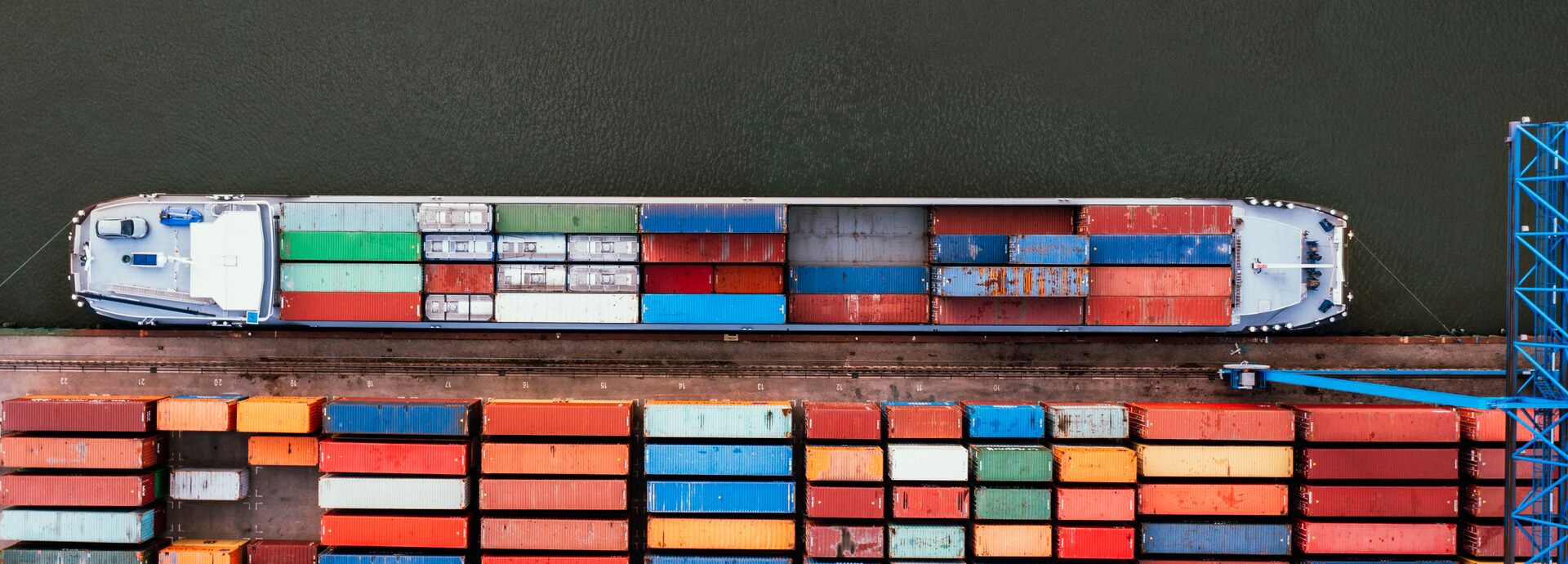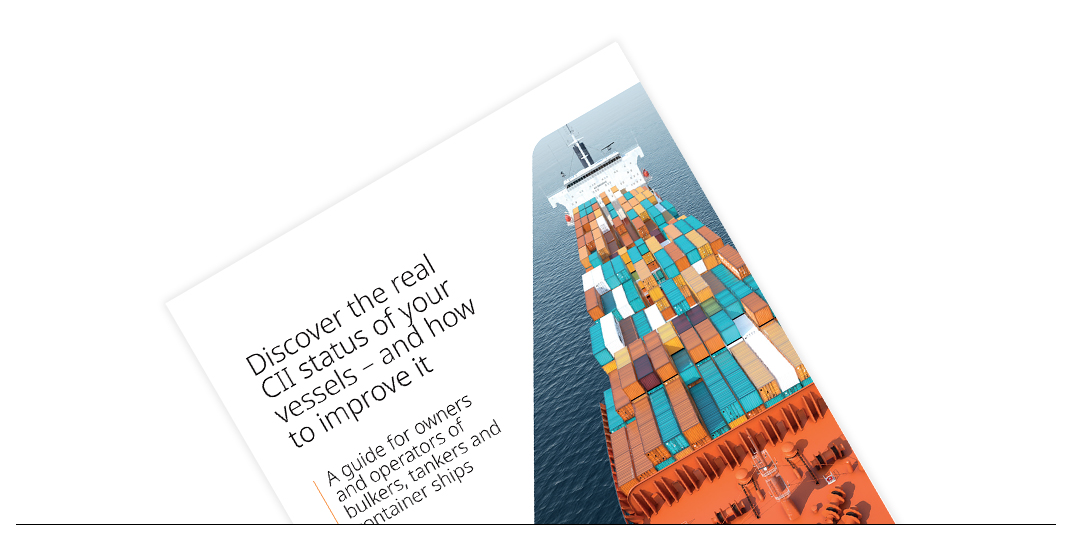

The IMO’s Carbon Intensity Indicator (CII) imposes increasingly strict operational efficiency targets to reduce emissions. Currently, more than one third of bulkers, oil tankers and container ships are non-compliant.
If your vessel doesn’t comply, and you take no action, your only option is to slow down the vessel. Eventually, the ever-lower speeds will make your vessel lose its competitiveness. You will have to replace it. The Knowing when and how to adapt is key to maximising the profitable service life of your vessels. But before you can choose from the range of solutions, you need to have an accurate idea of the problem.
So how do you discover the real CII status of your vessel? Download this paper now to find out.

Download this white paper to learn how to discover the real CII status of your vessel. It is the ideal guide for owners and operators of bulkers, tankers, and container ships. This paper will:
- Set the scene on how to understand the current state of your vessels
- Discuss operational and technical approaches to CII compliance
- Reveal the three simple steps to CII compliance
- Show what CII compliance advice looks like in practice.
Discover how you can comply with CII and secure long-term competitiveness.
Download the paper now!





